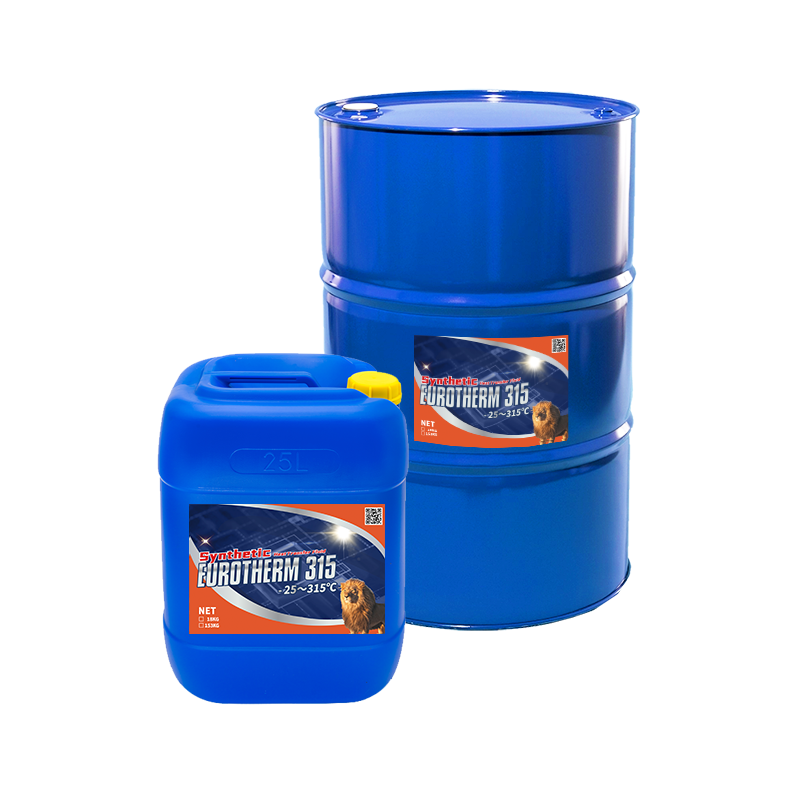Some Known Details About Chemie
The Main Principles Of Chemie
Table of ContentsChemie Can Be Fun For Everyone4 Simple Techniques For ChemieThe Greatest Guide To ChemieThe Best Guide To ChemieChemie for DummiesThe Best Strategy To Use For Chemie
By Bojanna Shantheyanda, Sreya Dutta, Kevin Coscia and David SchiemerDynalene, Inc. Fluid air conditioning, which can be attained using indirect or straight methods, is used in electronics applications having thermal power thickness that might exceed secure dissipation with air cooling. Indirect liquid cooling is where warm dissipating electronic components are literally separated from the fluid coolant, whereas in instance of direct cooling, the elements are in direct contact with the coolant.Nevertheless, in indirect cooling applications the electric conductivity can be vital if there are leaks and/or splilling of the fluids onto the electronics. In the indirect air conditioning applications where water based liquids with corrosion inhibitors are usually used, the electrical conductivity of the fluid coolant generally depends on the ion focus in the fluid stream.
The rise in the ion concentration in a shut loop fluid stream may occur because of ion leaching from metals and nonmetal parts that the coolant liquid is in call with. Throughout operation, the electrical conductivity of the liquid might enhance to a level which can be damaging for the air conditioning system.
The Of Chemie
(https://www.quora.com/profile/Bette-Anderson-15)They are bead like polymers that can exchanging ions with ions in a remedy that it is in call with. In the existing job, ion leaching tests were done with numerous steels and polymers in both ultrapure deionized (DI) water, i.e. water which is dealt with to the highest degree of pureness, and reduced electric conductive ethylene glycol/water mixture, with the determined adjustment in conductivity reported over time.
The samples were enabled to equilibrate at area temperature for 2 days before videotaping the initial electrical conductivity. In all tests reported in this research study fluid electrical conductivity was determined to a precision of 1% utilizing an Oakton disadvantage 510/CON 6 series meter which was calibrated prior to each measurement.
Little Known Facts About Chemie.
from the wall heating coils to the center of the heater. The PTFE sample containers were positioned in the heater when constant state temperatures were reached. The test arrangement was gotten rid of from the heating system every 168 hours (7 days), cooled down to room temperature level with the electrical conductivity of the liquid gauged.
The electric conductivity of the fluid sample was checked for a total amount of 5000 hours (208 days). Schematic of the indirect closed loop cooling experiment set up. Elements made use of in the indirect closed loophole cooling down experiment that are in contact with the liquid coolant.

Chemie - An Overview
During operation the liquid tank temperature was kept at 34C. The adjustment in fluid electrical conductivity was monitored for 136 hours. The liquid from the system was collected and stored. Similarly, shut loop examination with ion exchange resin was accomplished with the exact same cleansing treatments employed. The preliminary electrical conductivity of the 230ml UP-H2O in the system determined 1.84 S/cm.

0.1 g of Dowex resin was contributed to 100g of fluid samples that was taken in a separate container. The mixture was stirred and alter in the electric conductivity at room temperature was gauged every hour. The measured change in the electric conductivity of the UP-H2O and EG-LC test fluids containing polymer or steel when immersed for 5,000 hours at 80C is shown Number 3.
Chemie Can Be Fun For Anyone
Number 3. Ion seeping experiment: Measured adjustment in electrical conductivity of water and EG-LC coolants including either polymer or metal examples when immersed for 5,000 hours at 80C. The results suggest that metals added fewer ions into the fluids than plastics in both UP-H2O and EG-LC based coolants. This can be as a result of a thin steel oxide layer which may function as a barrier to ion leaching and cationic diffusion.
Liquids containing polypropylene and HDPE displayed the lowest electrical conductivity adjustments. This can be due to the short, inflexible, linear chains which are less likely to add ions than longer branched chains with weaker intermolecular forces. Silicone likewise performed well in both test liquids, as polysiloxanes are generally chemically inert as a result of the high bond energy of the silicon-oxygen bond which would prevent deterioration of the product right into the fluid.
6 Simple Techniques For Chemie
It would certainly be expected that PVC would certainly create comparable results to those of PTFE and HDPE based on the similar chemical structures of the products, however there may be various other pollutants present in the PVC, such as plasticizers, that might impact the electrical conductivity of the fluid - therminol & dowtherm alternative. Furthermore, chloride groups in PVC can additionally seep into the test fluid and can cause a boost in electric conductivity
Buna-N rubber and polyurethane revealed indicators of degradation and thermal decomposition which suggests that their possible energy as a gasket or adhesive material at higher temperature levels might lead to application problems. Polyurethane totally disintegrated right into the examination liquid by the end of 5000 hour examination. Number 4. Prior to and after pictures of metal and polymer examples submersed for 5,000 hours at 80C in the ion leaching experiment.
Measured change in the electric conductivity of UP-H2O coolant as a feature of time with and without material cartridge in the closed indirect cooling loop experiment. The measured change in electric conductivity of the UP-H2O for 136 hours with and without ion exchange material in the loophole is received Figure 5.